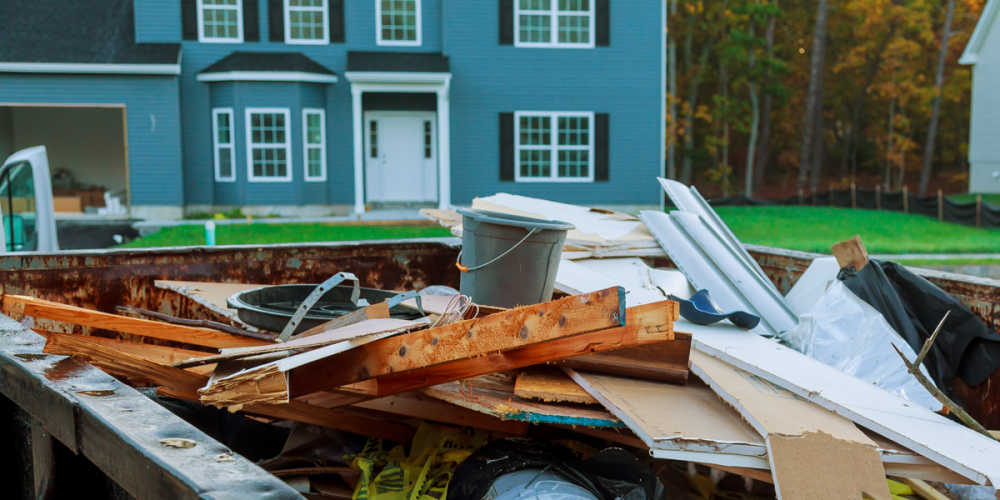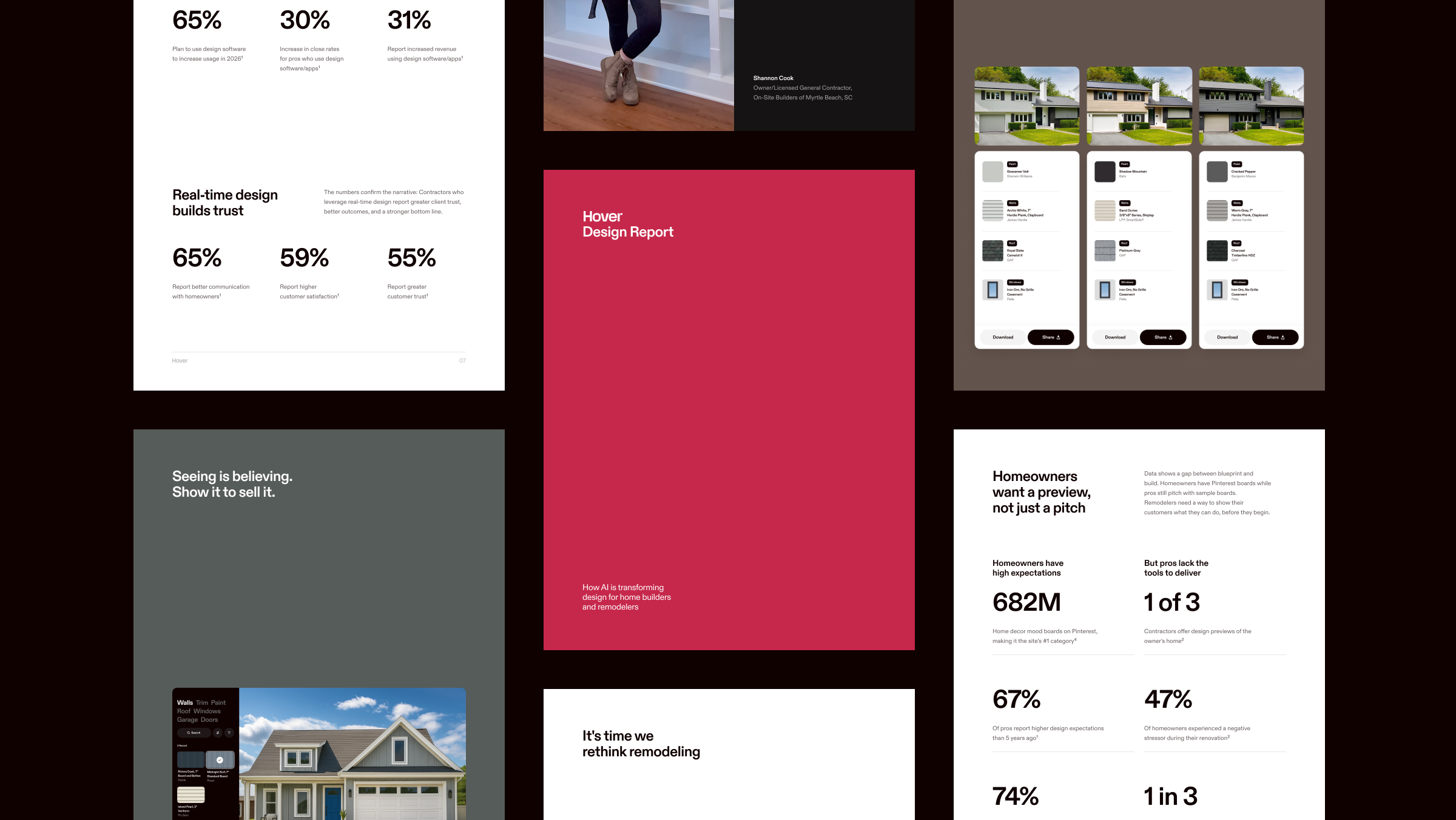For decades, there have been many millions of tons of construction waste generated each year. While a certain amount of waste is all but inevitable, what can you do as a contractor to be part of the solution and not the problem, particularly during remodeling projects, which often require the disposal of materials, appliances, furniture, and more? Here are some tips for reducing material waste in construction, how it can benefit your business, and specific steps you can take.
What does reducing material waste in construction do for my business?
Reducing construction waste benefits more than just the environment; it can also boost your bottom line by:
- Saving you money on materials
- Gaining you a reputation as an environmentally-conscious builder
- Allowing you to donate inventory, working appliances, and furniture to get a tax refund
Save money on materials
One of the best ways to reduce the amount of waste you generate during a remodeling job is to take the time to accurately estimate the amount of materials you’ll need for the project. Some contractors make relatively quick measurements to determine square footage then add around 10% to account for waste. If you take the time to estimate the job more accurately, you can often significantly reduce the amount of material you have to purchase.
For a remodeling job that requires $17,000 of material, for example, if you cut your waste down to 4% instead of 10%, you can save around $1,020.
Gain a reputation as an environmentally-conscious builder
Whether you allow word to spread organically about your conservation efforts or you make them a core element of your marketing strategy, you may attract more clients once you have a reputation as a contractor that reduces waste. Reducing construction waste addresses environmental issues such as:
- Carbon footprints
- Landfills overfilling
- Contamination of drinking water
- Polluting the habitats of local wildlife
Donate inventory, working appliances, and furniture for a tax refund
If you’re remodeling a space and the homeowner has appliances that still function well or furniture they no longer need, they may ask you to dispose of them. As long as appliances are working, you can simply donate them and claim a tax refund up to the amount of their fair market value. The same is true when it comes to furniture; unless it's old, dirty, or damaged, you can donate it and claim the donation on your tax return.
At times, you may over-purchase tools or materials and end up with quality inventory that you simply have no use for. You can donate these as well. Some donation stations will issue you a receipt indicating the fair market value of your goods, and this can give you a few extra bucks in your pocket come tax time.
Steps to reducing construction waste
You can reduce construction waste by:
- Taking accurate measurements
- Reusing materials
- Making donations
- Properly storing and returning items
Take accurate measurements
Accurate measurements may take a little more time, but the payoff in waste reduction can be well worth it. Suppose you’re installing new siding on the exterior of a home. The homeowner lives in an area near the ocean that has been designated a historical region. The local zoning committee stipulates that the siding needs to be authentic cedar shingles.
Instead of measuring the length and width of each wall, you can determine the dimensions more exactly by accounting for elements such as:
- Doors
- Windows
- The chimney
- Trim around the corners of the chimney
- The house’s corner trim
- Door and window trim
Reusing materials
Many jobs may require similar materials. You can keep old material from one job and bring it to another. In addition to nails, screws, and other fasteners, such as rivets, nuts, bolts, and washers, you can reuse:
- Drywall
- Bat insulation
- Roofing shingles
- Siding
- Plasterboard
- 2x4"s, 1x1"s, and other lumber
- Bricks
- Blocks
- Underlayment for floors
- Plywood
- Sand, gravel, and aggregate
Donations
As mentioned above, donations are a great way to get a tax deduction, but they’re also good for reducing construction waste.
For example, a homeowner hires you to remodel their kitchen, replacing the entire cabinet system, including boxes, fronts, all door hardware, toe kicks, everything. Instead of hauling the old cabinets to the local landfill, you can bring them to a donation center. This can cut back on hundreds of pounds of wasted material.
Incentivise your subcontractors
If a subcontractor is accustomed to 10% waste you could consider offering a bonus equal to the percentage of saved materials. Subcontractors have no skin in the game in regard to materials, so they may not take as much care with waste unless they are incentivized to some degree.
Properly store and return items
Even the most careful contractor may buy a little too much from time to time. Instead of letting it sit on the job site getting damaged by the elements or collecting Timberland boot prints, scuffs, stains, and scratches, take the time to properly store it. Often, if it’s in good condition, you can return it for a refund or store credit.
Reducing construction waste with Hover
HOVER’s 3D measurement tool is a powerful waste-reducer. It gives you the exact dimensions of spaces you’ll be remodeling, removing the guesswork, and empowering you to get your measurements right every single time. See how you can cut back on waste with HOVER by signing up for a free demonstration today.



